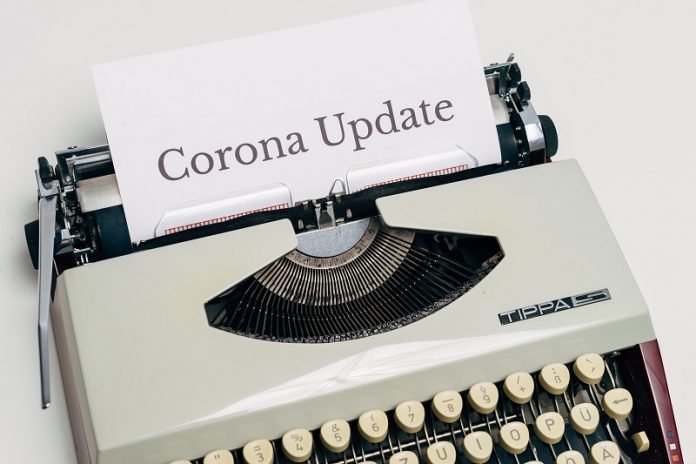
In a new study, researchers found that a combined treatment strategy targeting SARS-CoV-2 symptoms and severe lung tissue injury plays a critical role in minimizing lung sequelae—chronic complications resulting from COVID-19 infection.
The combined therapy uses lung epithelial stem and progenitor cells.
It shows promise for mitigating the potentially lethal and highly damaging virus-induced inflammatory storm that can occur in severe cases of COVID-19.
Previous studies have shown that even 12 years after recovery, some survivors of the closely related virus, Severe Acute Respiratory Syndrome (SARS), first identified in 2003, were living with multiple sequelae, reducing the quality of life.
It’s necessary to find a new way to maximize lung regeneration, repair, and recovery.
In the therapy, researchers promote tissue regeneration efficiently by activating surviving lung stem and progenitor cells, or by directly transplanting healthy lung stem and progenitor cells into damaged lungs.
Both cell types can differentiate into lung epithelial cells, which cover the inner surfaces of the lungs where air exchange occurs.
In so doing, they can repair lung damage caused by SARS-CoV-2, including fibrosis.
To be precise, the first step towards activating these regenerative cells is to prime the tissue environment with mesenchymal stem cells.
These cells do not normally reside in the lung, but when transplanted there, they secrete growth factors that support the growth and differentiation of the lung epithelial stem and progenitor cells. That, in turn, can repair the damage.
But in severe cases, these regenerative cells may be damaged by cytokines, which are produced by immune cells in excessive numbers during lung inflammation, preventing full restoration of lung structure and function.
In such cases, healthy stem and progenitor cells might have to be transplanted into a person’s lungs.
However, as with any transplant, immune rejection is likely to be a problem. It may be possible to use gene-editing technology, known as CRISPR, to modify these cells to reduce immunogenicity prior to transplantation.
For less severe cases, researchers will need to screen for compounds that boost the capacity of progenitor and stem cells to trigger the repair and regeneration of lungs following these injuries.
Certain compounds that target signaling pathways in stem and progenitor cells show potential for enhancing lung regeneration in patients with asthma and lung fibrosis.
They may do likewise for SARS-CoV-2 patients.
If you care about Covid, please read studies that many COVID-19 survivors suffer from a new disability, and CBD from cannabis may inhibit COVID-19 infection.
For more information about Covid, please see recent studies about the most effective face-mask practices to reduce spread of COVID-19, and results showing two paths toward ‘super immunity’ to COVID-19.
The study was conducted by Fuxiaonan Zhao et al. and published in Clinical Microbiology Reviews.
Copyright © 2022 Knowridge Science Report. All rights reserved.



